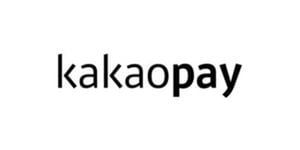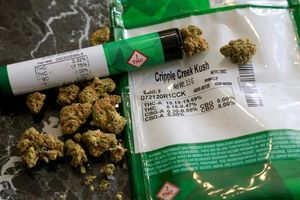The quest for improved diabetes management methods has taken a promising turn with the development of a novel insulin analog that may soon offer a once-weekly dosing regimen for patients. Researchers have synthesized TBE001-A-S033, a compelling new insulin analog derived from the existing insulin icodec, which is already noteworthy for its once-weekly refrain. Their findings, published in Scientific Reports, suggest that TBE001-A-S033 could enhance glucose regulation for those living with Type 2 diabetes mellitus (T2DM), a condition that currently affects an estimated 537 million people worldwide.
Diabetes mellitus is characterized by persistent high blood sugar levels, which can lead to serious health complications if untreated. Conventional insulin therapies often require multiple daily injections, which can be cumbersome and contribute to poor adherence among patients. Innovations like insulin icodec have emerged to alleviate this issue; however, they still face limitations in dosing frequency and efficacy.
This latest study focused on modifying the acylation side chain of insulin icodec, which has previously set the stage for a breakthrough in diabetes treatment. To create TBE001-A-S033, researchers employed amino acid mutations and fatty acid modifications that improve pharmacokinetic properties, allowing it to exert its effects over a longer duration.
The team at Novo Nordisk constructed a recombinant strain of Pichia pastoris, designated as P. pastoris TBE001-A, to express the precursor of insulin icodec’s main chain. Following purification processes, the insulin icodec main chain was produced with a remarkable purity exceeding 95%, setting the item up perfectly for subsequent modifications.
The study employed a variety of fatty acid side chains to enhance HSA (human serum albumin) binding—a critical factor related to dosage efficiency and the extension of the drug's half-life. Among multiple synthesized analogs, TBE001-A-S033 exhibited superior blood glucose control in preclinical models, showing promising results both in normal (ICR) and diabetic (db/db) mice. In particular, the insulin analog demonstrated prolonged blood glucose control compared to its predecessor insulin icodec.
Details from the study revealed that in ICR mice, a single injection of TBE001-A-S033 resulted in a significant reduction in blood glucose levels over time, and it displayed a comparable glucose control trend to insulin icodec in db/db mice. Notably, a promising finding was the reduced control levels of blood glucose correlated positively with a decrease in HbA1c levels in db/db mice treated with TBE001-A-S033.
Not only has the TBE001-A-S033 shown effectiveness in the lab, but its pharmacokinetic properties also gained attention. In clinical comparisons, the analog reached a maximum plasma concentration of 73.7 ng/mL, compared to insulin icodec’s 69.9 ng/mL. Its half-life was reported as 17 hours, just slightly shorter than that of insulin icodec’s 18.9 hours, yet promising overall results highlight the impact of fatty acid chain modifications in developing long-acting insulin formulations.
The study noted that while TBE001-A-S033 achieved a high affinity for HSA, which can enhance the duration of action, its pharmacodynamics revealed some deviations in its bioactivity profile compared to insulin icodec in different animal model tests—suggesting further analyses will be needed.
This advancement in long-acting insulin research may prove critical as healthcare systems navigate the increasing burden of diabetes globally. The usage of TBE001-A-S033 could provide not only improved patient compliance but may foster better long-term management of the disease. However, the study’s authors caution that although progress has been made, additional studies are necessary to validate the long-term efficacy and safety of this promising insulin analog.
Ultimately, the future of TBE001-A-S033 could potentially reshape diabetes care, highlighting the need for continued innovation in insulin therapies as demands for greater patient convenience and adherence grow.



